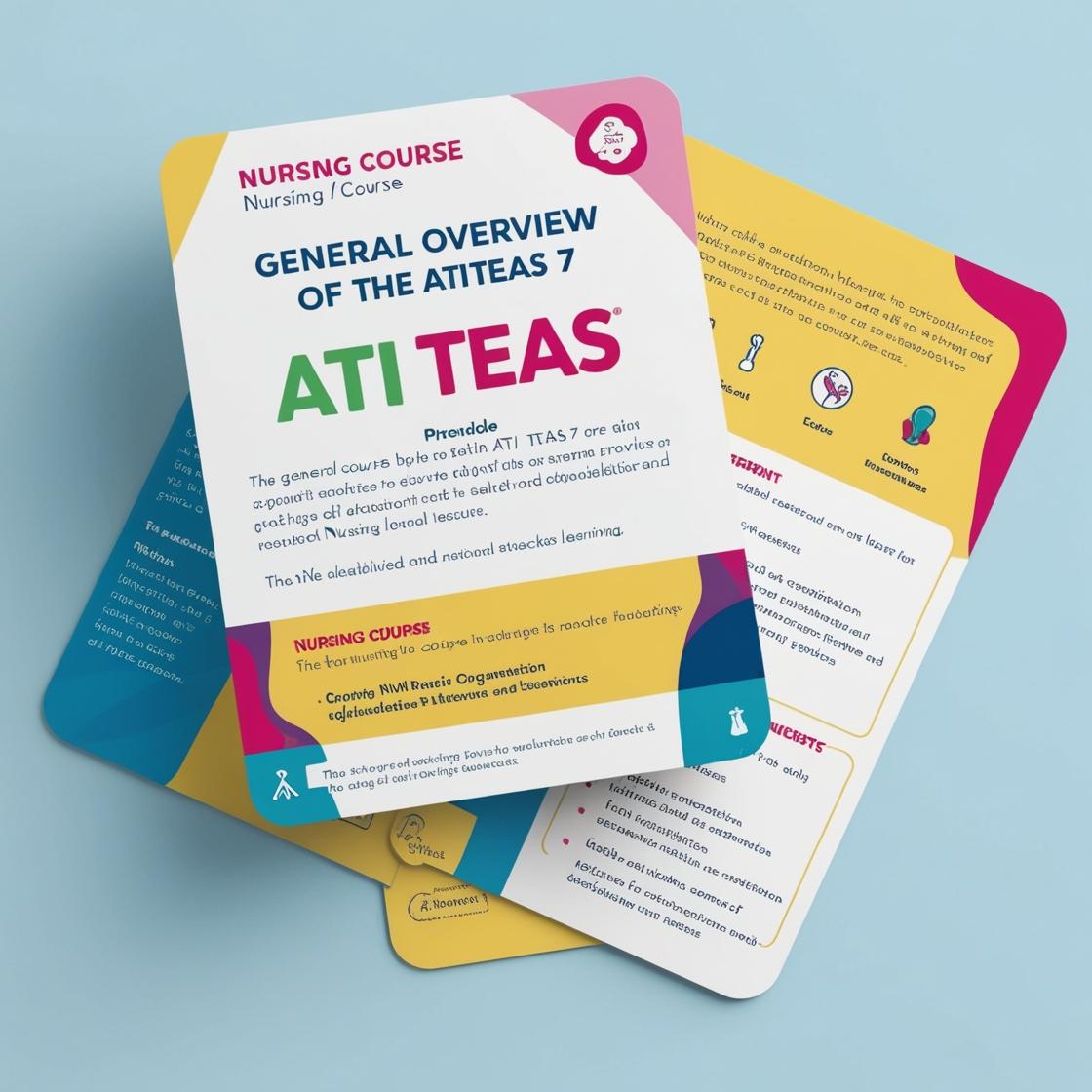ATI TEAS 7
ATI TEAS Science Questions
1. Which plane divides the body into anterior (front) and posterior (back) halves?
- A. Sagittal/Median Plane
- B. Frontal/Coronal Plane
- C. Transverse/Cross-Section Plane
- D. Horizontal Plane
Correct answer: B
Rationale: The correct answer is B - Frontal/Coronal Plane. This plane divides the body into anterior (front) and posterior (back) halves. The sagittal plane divides the body into left and right halves, the transverse plane separates the body into superior (upper) and inferior (lower) portions. The horizontal plane is not a standard anatomical term for body division and does not provide division into front and back halves.
2. With which genotype would the recessive phenotype appear if the dominant allele is marked with 'A' and the recessive allele is marked with 'a'?
- A. AA
- B. aa
- C. Aa
- D. aA
Correct answer: B
Rationale: The recessive phenotype appears when an individual has two copies of the recessive allele. In this case, the recessive allele is marked with 'a.' Therefore, the genotype 'aa' would display the recessive phenotype as both alleles are recessive. Choice A (AA) has two dominant alleles, choice C (Aa) has one dominant and one recessive allele, and choice D (aA) represents the same genotype as Aa due to the principle of allele dominance.
3. Which type of reasoning has the FBI agent used?
- A. Deductive Reasoning
- B. Conductive Reasoning
- C. Quantitative Reasoning
- D. Inductive Reasoning
Correct answer: D
Rationale: The correct answer is D: Inductive Reasoning. Inductive reasoning involves drawing general conclusions from specific observations or instances. In this case, the FBI agent is creating a theory based on observations of specific cases rather than applying a general rule to a specific situation (which would be deductive reasoning). Conductive reasoning is not a recognized type of reasoning, and quantitative reasoning involves interpreting and analyzing quantitative information.
4. Where does sperm production occur?
- A. Prostate gland
- B. Seminal vesicles
- C. Scrotum
- D. Seminiferous tubules
Correct answer: D
Rationale: Sperm production occurs in the seminiferous tubules within the testes. These tubules are responsible for spermatogenesis, the process of sperm creation. The prostate gland and seminal vesicles contribute to seminal fluid production, while the scrotum houses the testes but does not produce sperm. Therefore, choices A, B, and C are incorrect as they are not sites for sperm production.
5. What are the three regions of the small intestine?
- A. Duodenum, ileum, jejunum
- B. Cecum, ileum, jejunum
- C. Duodenum, jejunum, ileum
- D. Duodenum, jejunum, colon
Correct answer: C
Rationale: The correct answer is C: Duodenum, jejunum, ileum. The small intestine is divided into three regions: the duodenum, jejunum, and ileum. The duodenum is the initial segment where most chemical digestion takes place. The jejunum and ileum follow the duodenum and are primarily responsible for nutrient absorption. Choice A is incorrect because the order is incorrect. Choice B is incorrect because the cecum is part of the large intestine, not the small intestine. Choice D is incorrect because the colon is part of the large intestine, not the small intestine.
Similar Questions

Access More Features
ATI TEAS Premium Plus
$149.99/ 90 days
- Actual ATI TEAS 7 Questions
- 3,000 questions with answers
- 90 days access
ATI TEAS Basic
$99/ 30 days
- 3,000 Questions with answers
- 30 days access
